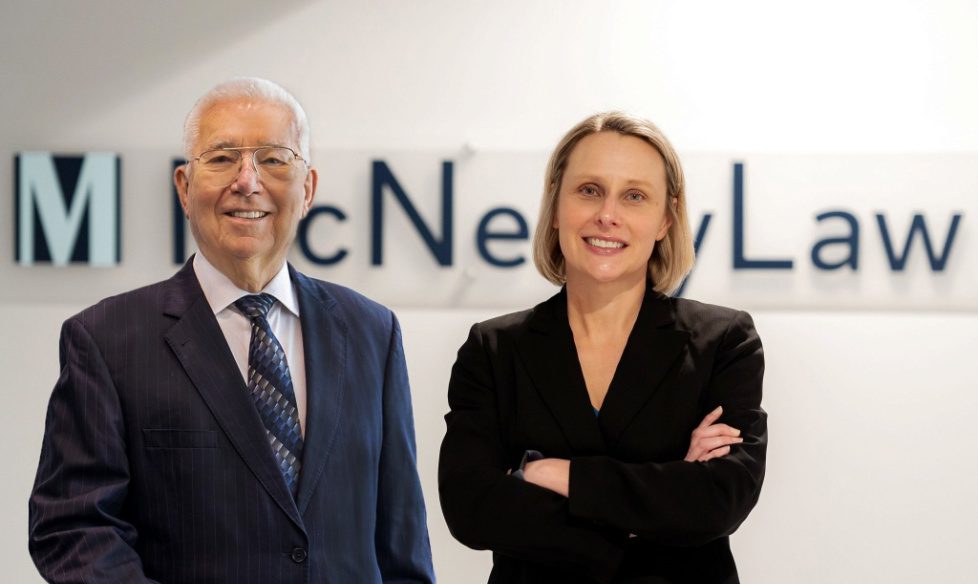news & events
The Wage Earner’s Plan – Chapter 13 Bankruptcy
As noted in some of our other bankruptcy blog posts, a Chapter 13 bankruptcy is a reorganization bankruptcy. A Chapter 13 bankruptcy allows an individual with a regular income (known as a “debtor”) to propose a repayment plan of some of the debt and pay back creditors over a span of three to five years. The determination of whether an individual is one of “regular income” is based on the median income for the respective filing state.
Generally, the proposed plan for bankruptcy is set for three years, but can be extended if more time is needed. Once the time length is determined for the plan, creditors, the debtor’s counsel, and the trustee then determine what debts go into the plan to be paid off by the debtor. During the entire proceeding time after the bankruptcy petition is filed, all collection efforts are paused. This is what’s known as the “automatic stay”, and you can read more about it in our previous post here.
There are plenty of benefits to filing a Chapter 13 bankruptcy, as opposed to a Chapter 7, another type of bankruptcy afforded to individuals. For one, more property can be protected by the debtor in a Chapter 13 bankruptcy. For example, a Chapter 13 bankruptcy may allow a debtor to save their home from foreclosure. However, a debtor can still lose their house if they fail to make the plan mortgage payments over the course of the plan period. 11 U.S.C. § 1322(c).
When filing for a Chapter 13 bankruptcy, the debtor must first file a petition. After filing the petition, the debtor must also file: (1) schedules of assets and liabilities; (2) a schedule of current income and expenditures; (3) a schedule of executory contracts and unexpired leases; and (4) a statement of financial affairs. This allows the court to review the debtor’s finances to determine if the debtor qualifies for a Chapter 13 filing. 21-50 days later, a meeting of the creditors occurs to review the plan and the proceedings move forward. No more than 45 days later, the plan is reviewed by the court for confirmation. If confirmed, the trustee will begin collecting funds and disseminating them as soon as the plan provides. After the plan is completed, a discharge order is granted.
The scope and procedure of the Chapter 13 bankruptcy can be very complex. Anyone considering a Chapter 13 bankruptcy should consult competent legal counsel prior to filing. If you are considering bankruptcy, contact the Indiana bankruptcy attorneys at McNeely Law to discuss your options.
This McNeely Law LLP publication should not be construed as legal advice or legal opinion of any specific facts or circumstances. The contents are intended for general information purposes only, and you are urged to consult your own lawyer on any specific legal questions you may have concerning your situation.
Welcome To Our Blog. Looking for a specific post?


